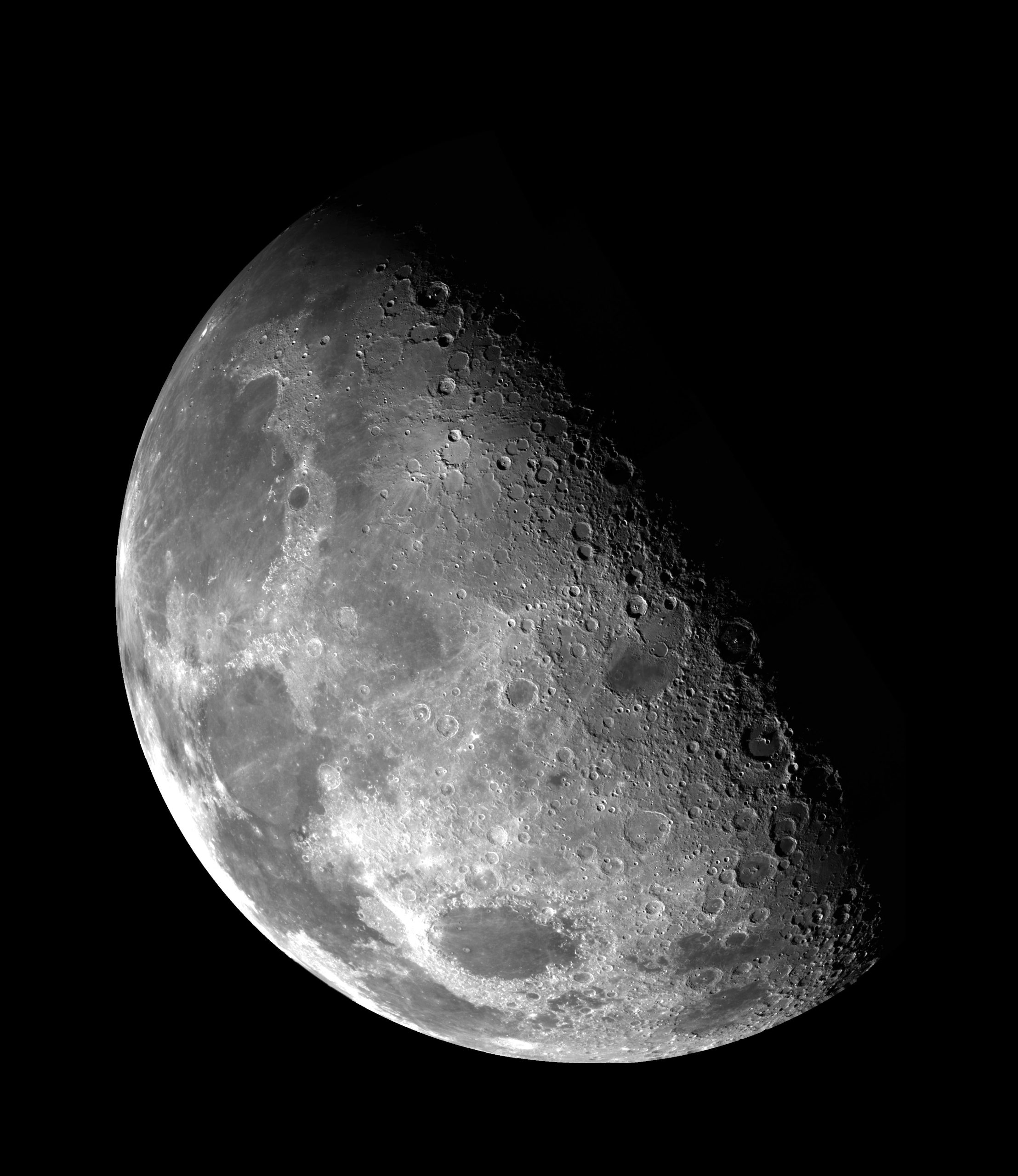Exploring Modern Norse Paganism: Reviving the Old Gods
Modern Norse paganism, also known as Heathenry or Ásatrú, has experienced a renaissance in recent decades. Drawing inspiration from the ancient Norse mythology and folk traditions, this contemporary religious movement seeks to revive the worship of the Viking Age gods and reconnect with the ancestral wisdom of the Norse people. In this blog post, we will delve into the fascinating world of modern Norse paganism, examining its history, beliefs, rituals, and the thriving community that surrounds it.
Origins and Historical Context
The roots of Norse paganism can be traced back to the ancient Germanic tribes who inhabited the Scandinavian region during the Viking Age (roughly between the 8th and 11th centuries). These people worshipped a pantheon of deities that included Odin, Thor, Freya, Loki, and many others. They believed in a cosmology where various realms, such as Asgard (home of the gods) and Midgard (the human world), intersected.
With the spread of Christianity in the region, Norse paganism gradually declined and was eventually supplanted by the new religion. However, the conversion process was not abrupt, and remnants of the old beliefs persisted in Scandinavian folklore, customs, and place names.
Revival and Reconstruction
The resurgence of Norse paganism as a modern religious movement began in the early 20th century. Scholars and enthusiasts, inspired by the surviving historical texts, such as the Icelandic sagas and Eddas, sought to reconstruct and revive the ancient Norse religion.
One pivotal figure in the revival was Icelandic poet and politician Snorri Sturluson, who wrote the Prose Edda in the 13th century. This work provided valuable insights into Norse mythology and cosmology. Another influential figure was Swedish scholar Viktor Rydberg, whose research explored the ancient religious beliefs of the Northern Germanic tribes.
Modern Norse paganism adopted a variety of approaches, ranging from historical reconstructionism to personal spiritual interpretation. While some adherents seek to recreate ancient rituals and practices as faithfully as possible, others incorporate elements of Norse symbolism and mythology into their personal belief systems.
Beliefs and Cosmology
In modern Norse paganism, the gods and goddesses of the Viking Age pantheon are seen as powerful spiritual beings with whom individuals can establish a connection. The most widely worshipped deities include Odin, the father of gods and humans; Thor, the thunder god; Freya, the goddess of love and fertility; and Loki, the trickster.
Central to Norse paganism is the concept of wyrd or örlög, which represents the interconnectedness of all things and the belief in fate or destiny. The three Norns, Urd, Skuld, and Verdandi, are the weavers of destiny in Norse mythology, shaping the past, present, and future of individuals and the cosmos.
The cosmology of Norse paganism is structured around the concept of Yggdrasil, the mighty world tree. Yggdrasil connects the nine realms, including Asgard (home of the gods), Midgard (the human world), and Hel (the realm of the dead).
Rituals and Practices
Norse paganism emphasizes direct personal experience with the divine and a deep connection to nature. Rituals and practices vary among individual practitioners or kindreds (organized groups of heathens), but some common elements can be identified.
Blót, or the offering ritual, is a central practice in Norse paganism. It involves making offerings to the gods, ancestors, and land spirits as a form of communication and reciprocal exchange. These offerings can range from food and drink to symbolic items representing the gifts desired or gratitude expressed.
Sumble is another important Norse pagan ritual, especially among kindreds. It involves the communal sharing of a horn filled with a sacred beverage, typically mead. Participants take turns making toasts or speaking words of significance while passing the horn.
Additionally, many modern Norse pagans celebrate the seasons and the eight festivals known as the Wheel of the Year. These festivals, inspired by the ancient Norse agricultural cycle, include Yule (winter solstice), Ostara (spring equinox), Midsummer (summer solstice), and Samhain (autumn equinox).
Community and Resources
Modern Norse paganism has a vibrant and diverse community, consisting of individuals, kindreds, and organizations dedicated to the revival and practice of the faith. Online forums, social media groups, and offline gatherings provide opportunities for heathens to connect, share knowledge, and celebrate together.
Many modern Norse pagan practitioners draw inspiration from historical and academic sources to deepen their understanding of Norse mythology and culture. The Poetic Edda, Prose Edda, and the works of other Nordic sagas are valuable resources for those interested in exploring the faith further.
In addition to written materials, modern Norse paganism keeps evolving through personal gnosis and spiritual experiences. The subjective connections individuals form with the gods and interpretation of ancient myths contribute to the vibrant tapestry of the faith.
Conclusion
Modern Norse paganism has gained popularity as a spiritual path that offers a connection to the ancient Nordic gods and a way to honor the cultural heritage of the Norse people. Through historical research, personal experience, and community-building efforts, modern practitioners seek to keep the flame of Norse paganism alive.
Whether one embraces the faith as a revitalized ancestral practice or as a personal spiritual exploration, modern Norse paganism provides a rich, diverse, and captivating path that continues to inspire individuals worldwide.
Table of Contents
